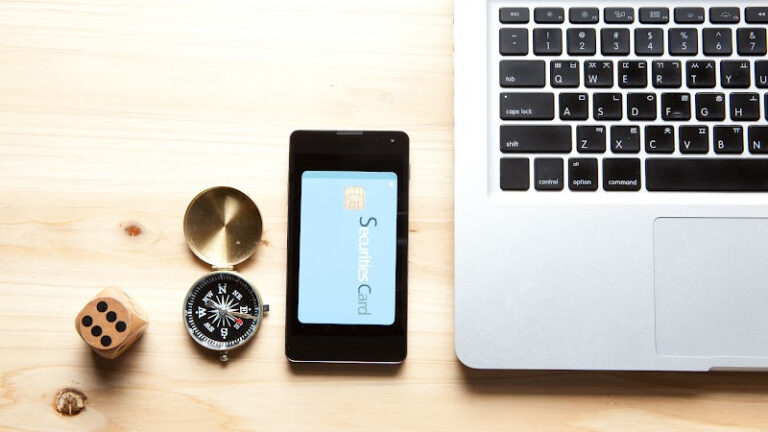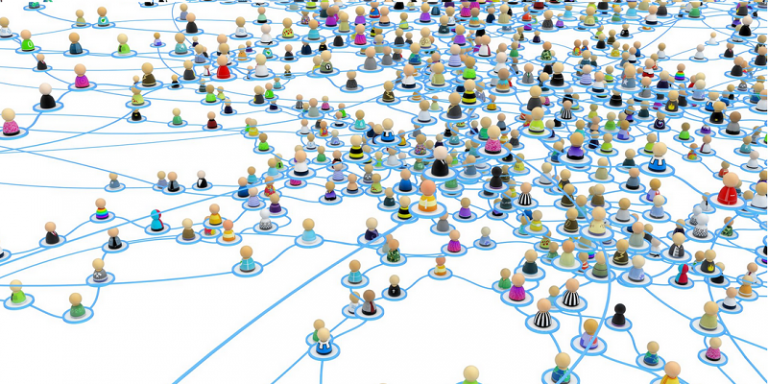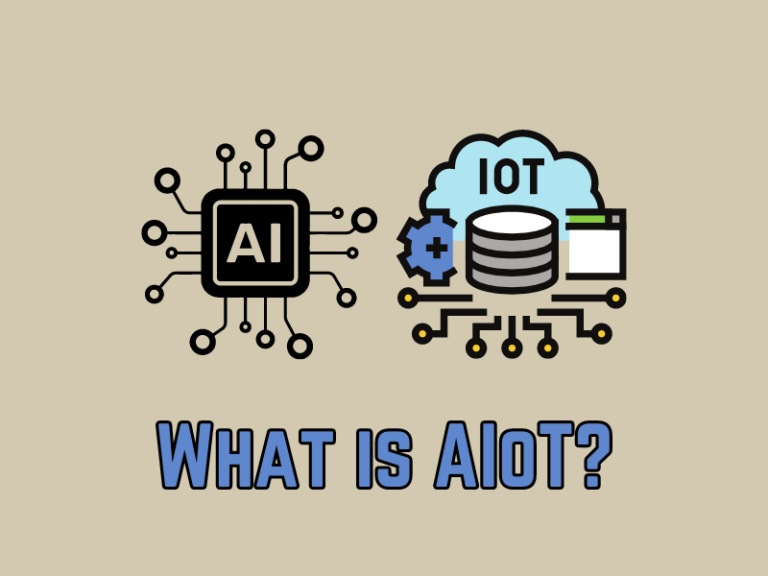IoT mining: Lora crypto and more
The Internet of Things (IoT) has made mining possible in many new and interesting ways. Some IoT miners have set up enormous mining rigs in their homes, using the computing power of their devices to help keep the blockchain secure. In contrast, others use cryptocurrency-specific hardware to mine cryptos, such as Bitcoin and Ethereum. But what does IoT mining look like? And which cryptocurrencies can you mine with your IoT devices? This article will answer all these questions, so keep reading to learn about IoT crypto miners and IoT mining.
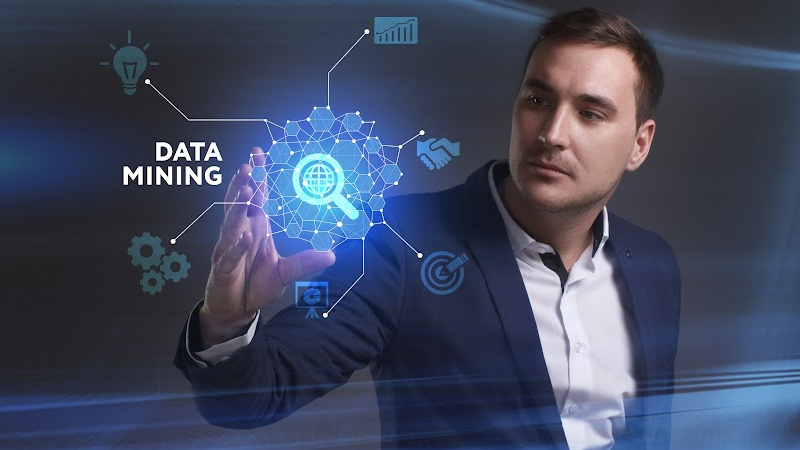
What is IoT? What is mining? How are they related?
Let’s start from the first question.
What is IoT?
The IoT refers to the Internet of Things. It connects machines and devices through a network with no human intervention. In this network, they can communicate with each other and exchange data in a natural way. As a result, it changes how we live, works, socialize, create, or consume things.
What is mining?
Mining is about adding a transaction to a block, which network participants will verify. Miners use special software to add transactions to blocks, but they can only get rewards (bitcoins) if they are correct.
How are they related?
The relationship between IoT and Mining is huge. The network of IoT devices has grown so quickly that it’s affecting everything, including Bitcoin. Nowadays, IoT miners have become very important to the cryptocurrency industry. There’s not one best IOT cryptocurrency yet. Some say Lora crypto might take over because of its unique features and compatibility with IoT hardware. But others think IoT in mining means an entire ecosystem for the internet of things. It should be noted that the future trend is Lora crypto becoming more popular than bitcoin.
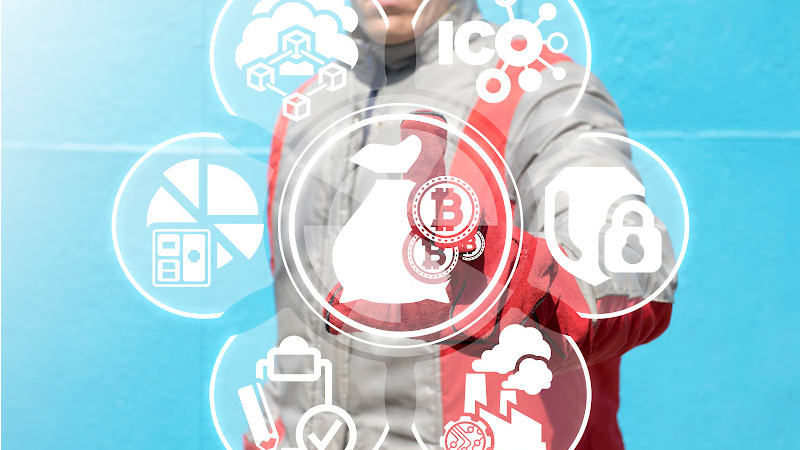
Iot mining: IoT in the mining industry, mining IoT solutions
IoT in mining is growing, but not many people know it. The simple definition of IoT is connecting any device with an on-and-off switch to the internet. This means data can be collected from a machine, like a pump or an air conditioner, as well as from a person wearing a fitness tracker or even from a cow’s stomach. Mining IoT solutions include;
1. Using sensors to monitor when heavy machinery needs maintenance. This could save companies money by preventing unplanned downtime and helping them avoid costly repairs.
2. Smart sensors that detect when resources are running low. Sensors collect data about materials used in a particular area and how much they have been depleted. When this information is shared with employees, they can adjust their work habits to preserve supplies while still meeting deadlines. They might also buy less expensive materials if they know they will run out soon.
3. Drones can inspect the equipment instead of relying on humans, which saves time and money.
4. Companies can also use artificial intelligence (AI) to take advantage of the large amounts of data gathered through IoT devices. AI allows computers to make decisions without being told exactly how or why – saving time and energy for other tasks.
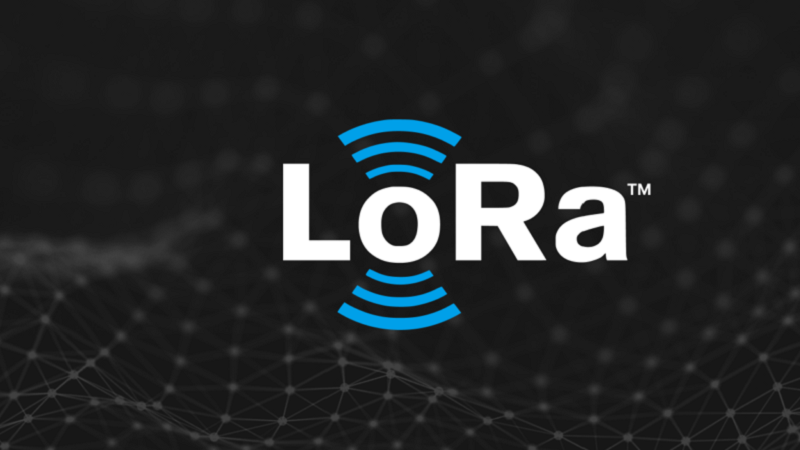
Lora crypto, IoT crypto coins
Lora crypto is the best IoT cryptocurrency because it is a real-time, self-governing, self-evolving network of billions of interconnected things. It is already a perfect solution for IoT in the Mining industry. Lora crypto can be used as an intermediate currency to facilitate transactions between many parties without relying on a centralized system that determines the value of tokens.
This means there is no central point of failure where the tokens can be hacked or stolen, and there is no need to trust anyone but yourself.
The only requirement to mine Lora Crypto (and any other IOT cryptocurrencies) is computing resources from smartphones or laptops. In short, you don’t need specialized hardware like ASICs, which have high capital costs and require constant electricity. That’s why we call Lora Crypto the best IOT cryptocurrency. As a result, everyone can access this lucrative opportunity by simply installing an app on their device. People who would otherwise not know anything about mining can now participate in the growing global economy of connected devices. For this reason, due to its usability and scalability, Lora crypto will soon take over Bitcoin as the top cryptocurrency.
IoT chain crypto, IoT blockchain coin
IoT chain crypto is a blockchain infrastructure that supports transaction processing for IoT devices. The project team is trying to solve the problem of low transaction volume, poor performance, and lack of scalability by using the latest technology in the blockchain. IoT Chain has solved the scalability issue with its DAG ledger structure that does not have blocks, time stamps, or miners. They use a Proof-of-Work (PoW) algorithm that is less computationally intensive than Ethereum’s Ethash PoW algorithm. It can also process 100 transactions per second (TPS) faster than most popular cryptos. All these features make it an ideal candidate for establishing an IoT ecosystem in various fields, such as smart city construction, medical care, logistics, etc.
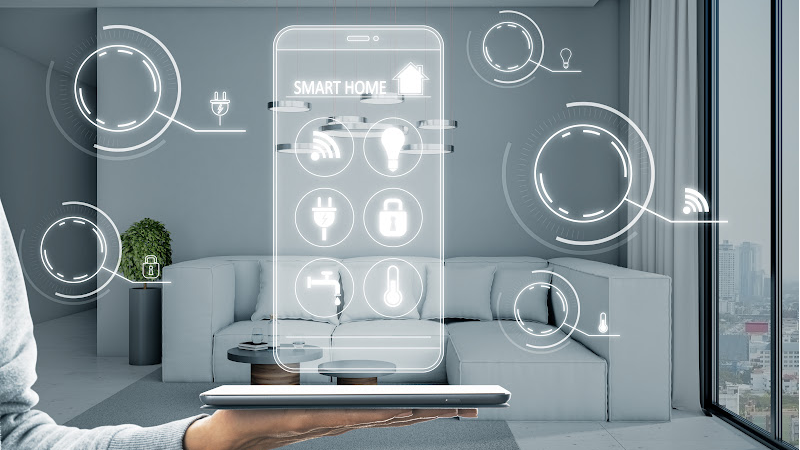
The IoT blockchain coin is another solution proposed by a company called Iota. Iota claims its Tangle system, based on the directed acyclic graph (DAG) data structure instead of blockchains, provides zero fees and infinite scalability. As a result, the system needs no miners because each user acts as one when making transactions. You must approve two previous transactions to send funds from one address to another. When you approve two transactions from different addresses, your address becomes part of the ledger. It is responsible for approving subsequent transactions until you withdraw funds to your address.
Conclusion
IoT is slowly infiltrating the mining industry. As IoT technologies improve, it will be interesting to see how this will affect the future industry. If you are interested in some of the latest IoT crypto coins, check out Lora Crypto and IoT Chain Coin. These two cryptocurrencies were built using an IoT-enabled blockchain infrastructure dubbed the world’s first AI crypto coin by its developers. It operates on a decentralized consensus mechanism and supports smart contracts, atomic swaps, and dApps (Decentralized Apps).


